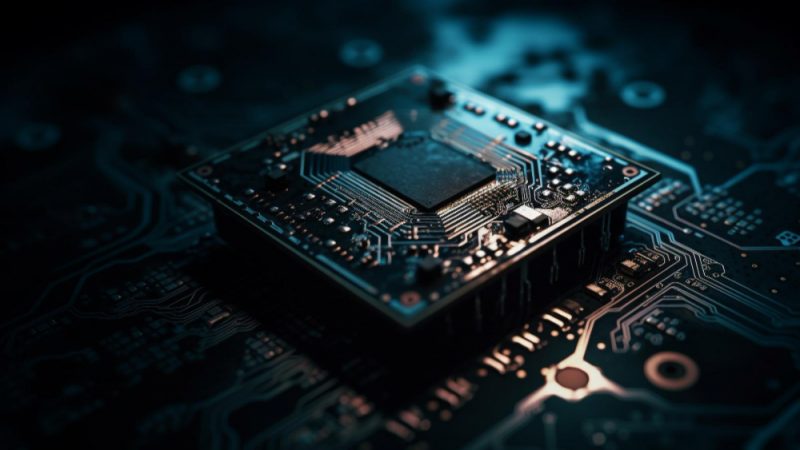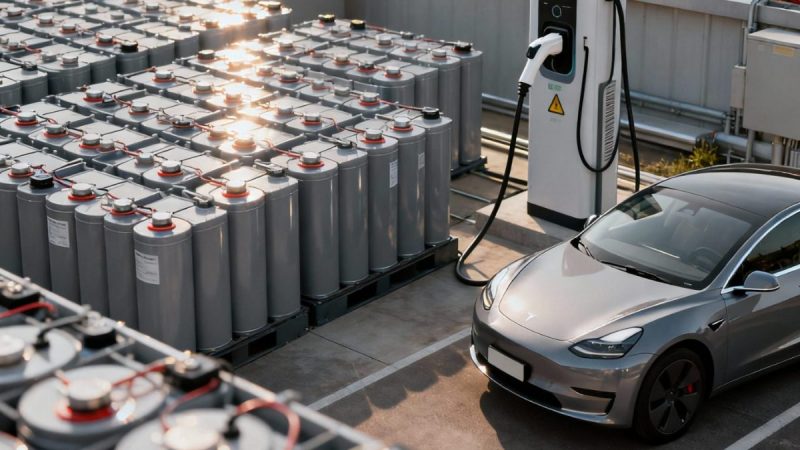Advancements in Australian Defence: The Role of Wearable Technology

Wearable technology has gained significant momentum in recent years, revolutionizing various industries including healthcare, fitness, and entertainment. However, one area where wearable technology is making remarkable advancements is in the Australian defence sector. With the growing need for enhanced situational awareness, improved communication, and increased soldier safety, wearable technology is rapidly transforming the way Australian soldiers operate on the battlefield. Tactical Solutions are the one that offers a fully integrated solution that has connected wearable and environmental sensors which provide critical data in real-time, helping improve live coordination and response times.
This technology allows soldiers to have a comprehensive understanding of their surroundings, including potential threats and environmental conditions, enabling them to make informed decisions on the battlefield.
Situational Awareness
One of the key advantages of wearable technology in the Australian defence sector is the ability to provide soldiers with enhanced situational awareness. Traditional methods of gathering information such as maps and radios have limitations, but wearable devices equipped with advanced sensors and real-time data analysis capabilities offer soldiers a comprehensive view of the battlefield.
This comprehensive view includes real-time information about troop movements, enemy positions, and environmental factors that may impact their mission. With wearable technology, soldiers can quickly assess their surroundings and make informed decisions based on the data provided by their devices. This increased situational awareness can greatly improve the efficiency and effectiveness of military operations.
Communication and Connectivity
Effective communication is vital for any military operation, and wearable technology is playing a crucial role in improving communication capabilities for Australian soldiers. Traditional communication devices such as radios and earpieces can be cumbersome and limit the soldier’s mobility. However, wearable devices such as smartwatches and earbuds offer a more seamless and efficient communication experience.
Soldier Safety and Health Monitoring
The safety and well-being of Australian soldiers are paramount, and wearable technology is playing a significant role in ensuring their protection. Wearable devices equipped with biometric sensors and health monitoring capabilities allow real-time tracking of vital signs and identification of potential health risks.
These wearable technologies provide valuable data to military personnel and medical professionals, enabling them to make informed decisions about soldiers’ health and safety. Biometric sensors can monitor heart rate, body temperature, oxygen levels, and other vital signs, alerting commanders and medical staff to any abnormalities or signs of distress.
Personalized Training and Performance Monitoring
Training is a critical aspect of the Australian defense sector, and wearable technology is transforming the way soldiers are trained and their performance monitored. Wearable devices equipped with motion sensors and performance-tracking capabilities provide real-time feedback to soldiers during training exercises, helping them improve their skills and techniques.
These wearable technologies, such as smartwatches and body-worn sensors, allow trainers and commanders to monitor various aspects of a soldier’s performance, including their heart rate, body temperature, and movement patterns. This data can be analyzed to identify areas of improvement and provide personalized recommendations for training.
Conclusion
Wearable technology is revolutionizing the Australian defence sector, providing soldiers with enhanced situational awareness, improved communication capabilities, increased safety, and personalized training. As technology continues to advance, we can expect to see even more innovative and sophisticated wearable devices being integrated into the Australian Defence Force’s operations.






